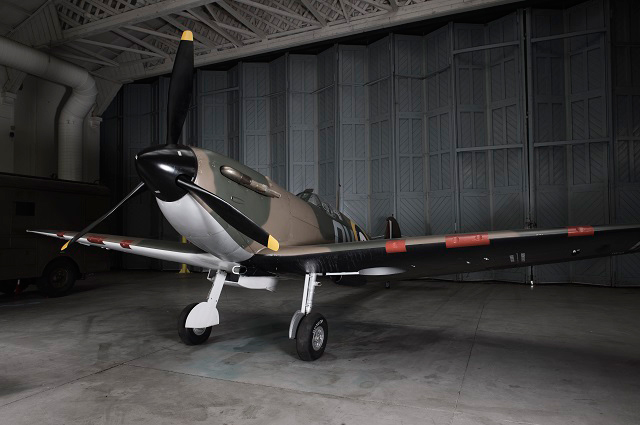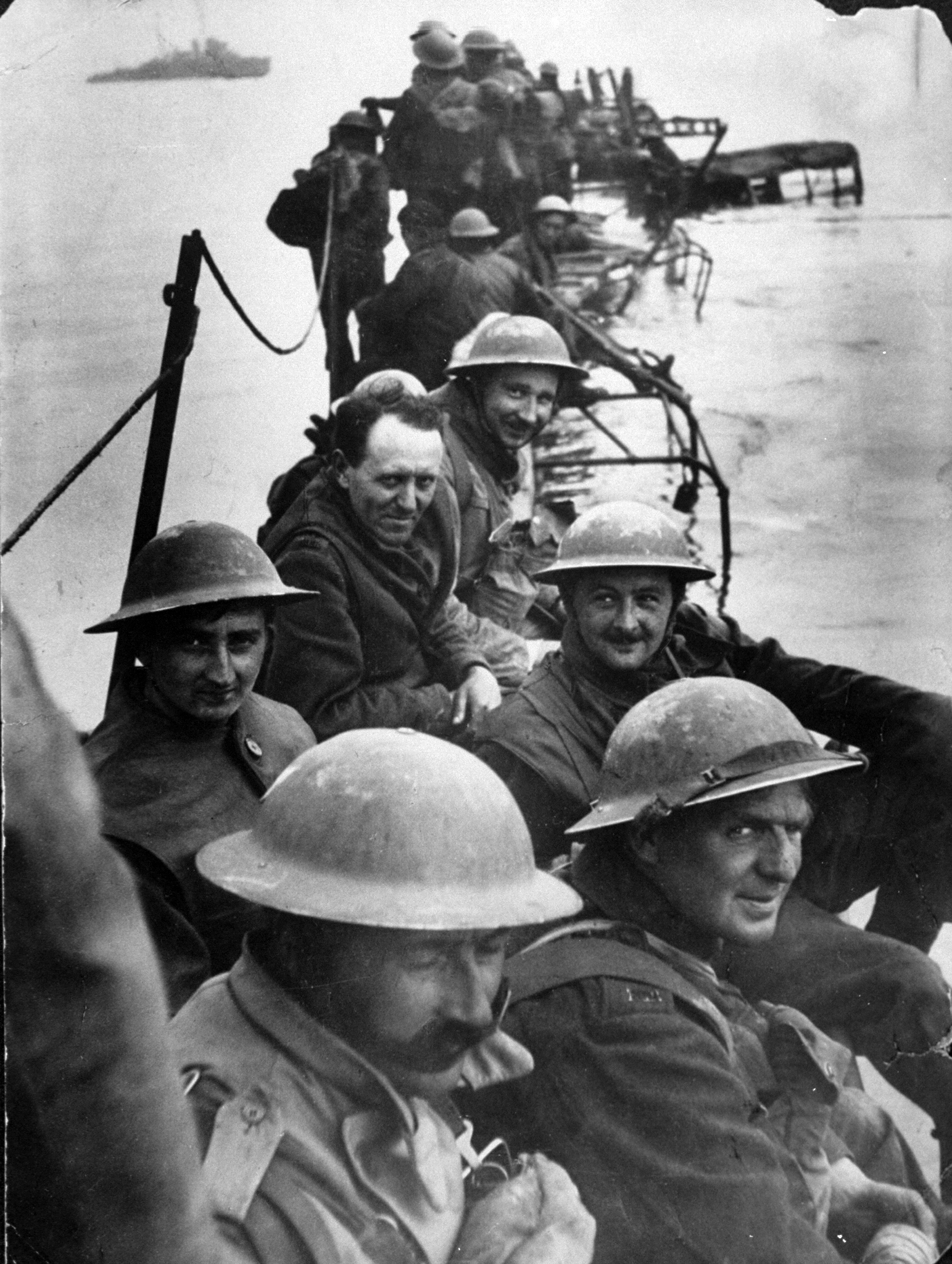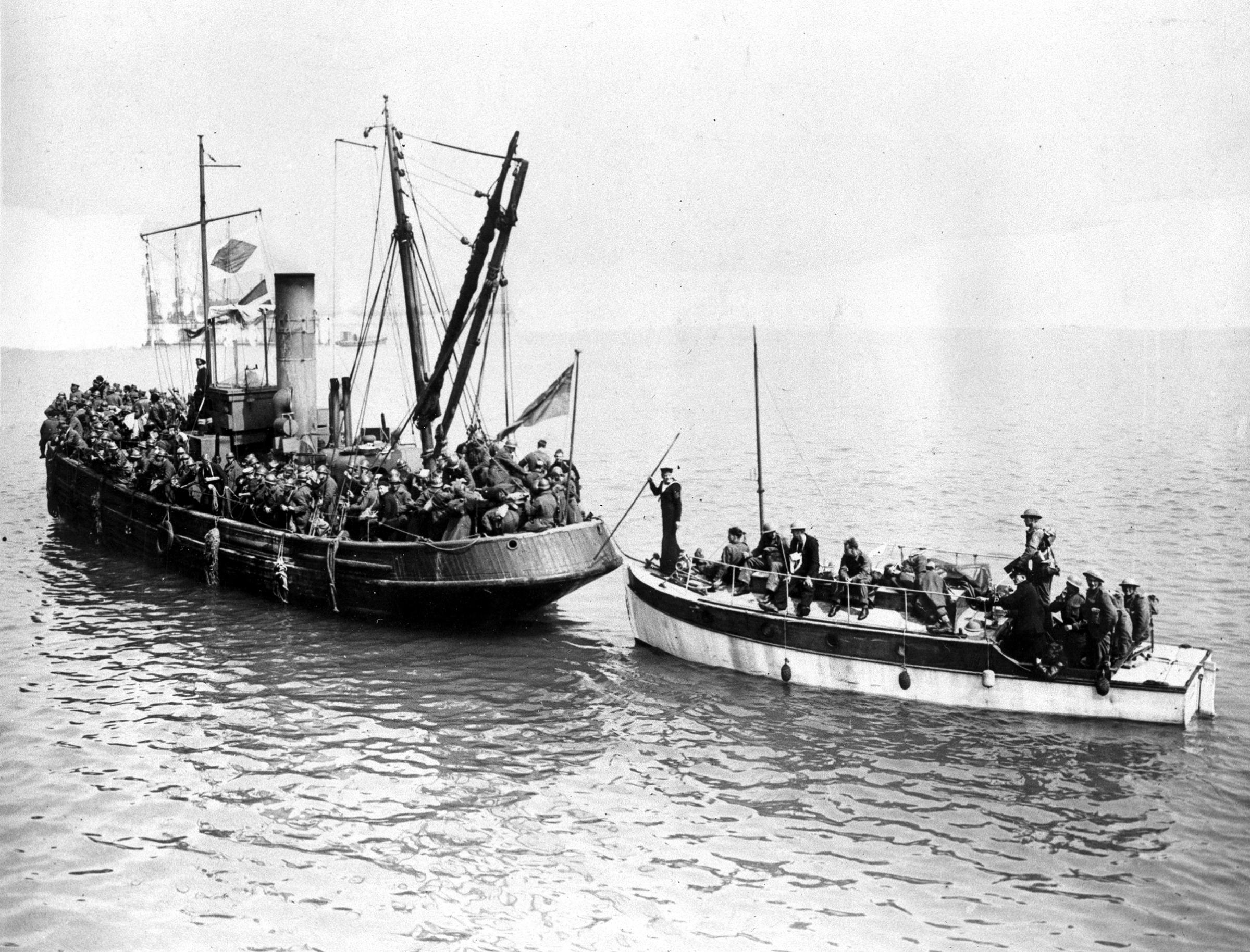
Though the characters in Christopher Nolan’s new film Dunkirk are fictional, the events among which they find themselves are based on a very real moment in World War II history, and the daring rescue of British forces who had reached a point of no return after fleeing from a German blitz in May of 1940. Relatively few photographs made it out of Operation Dynamo but it’s clear from what does exist — a sampling of which can be seen above — that those days in Dunkirk were harrowing ones.
And, though photographic and video documentation of the real events may be sparse, some of the actual artifacts of that time have been well preserved. For example, some of the most memorable scenes in the film involve Tom Hardy as a Spitfire pilot sparring with Germans and the “little ships” that helped to rescue British forces — one such real Spitfire plane and little ship can be found in the collection of the Imperial War Museums, from whose collection the archival video footage below is also taken.

The fishing boat pictured at left, Tamzine, was one of more than 1,000 “little ships” that civilians provided to ferry stranded men from the shallow beach at Dunkirk to the bigger Navy ships parked in a deeper part of the English Chanel between May 26, 1940, to June 4, 1940. Midway through the evacuation, the Germans Luftwaffe carried out air raids — as if the rescue effort hadn’t already been harrowing enough — and the Spitfire pictured below was shot down on a French beach, where it was covered by sand and not dug up for about 50 years. (It was restored to good condition before being displayed.)

John Delaney, one of the museum’s experts on the collection, explains that at that point in the war, the British armed forces hadn’t gotten together an effective system of propaganda newsreels. As a result, news cameraman Charles Martin of the news agency Pathé is said to have been the only one documenting the event, and because when he joined in to help with the evacuation there are few photos in general of the operation.
“All these guys were abandoning everything they had, any worldly possessions, to get on the boat and get out, because they didn’t want the boats to get weighed down with their cameras,” says Delaney. “You’d expect it’d be the Army who would save the civilians, in this case it was the civilians who saved the Army.”







More Must-Reads From TIME
- The 100 Most Influential People of 2024
- The Revolution of Yulia Navalnaya
- 6 Compliments That Land Every Time
- What's the Deal With the Bitcoin Halving?
- If You're Dating Right Now , You're Brave: Column
- The AI That Could Heal a Divided Internet
- Fallout Is a Brilliant Model for the Future of Video Game Adaptations
- Want Weekly Recs on What to Watch, Read, and More? Sign Up for Worth Your Time
Write to Olivia B. Waxman at olivia.waxman@time.com